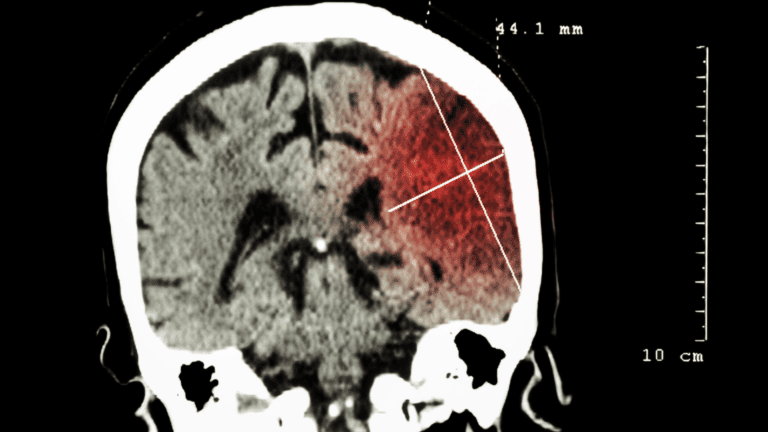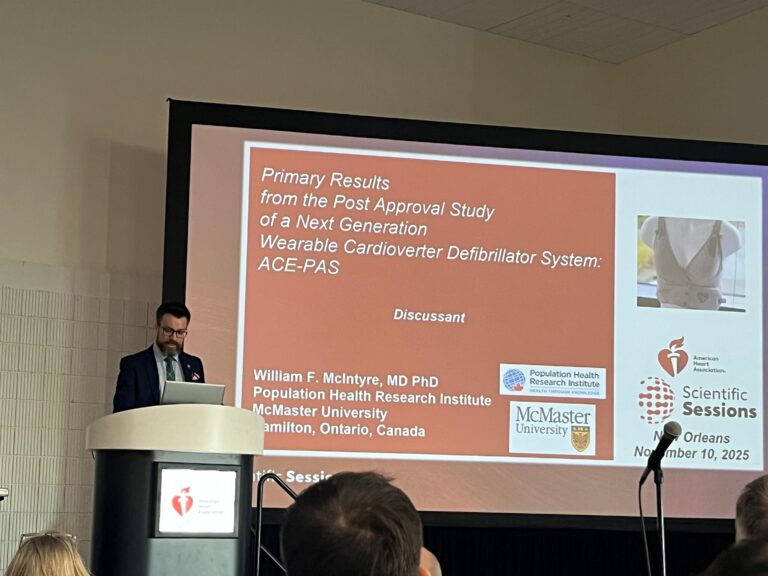
Sanjit Jolly
PHRI Scientist Sanjit Jolly presented a session at ACC 2022 on the stent registry that is part of the CLEAR SYNERGY (OASIS 9) trial. The registry component is a prospective, observational study to evaluate the clinical effectiveness of the SYNERGY stent in patients with ST elevation myocardial infarction (STEMI).
The only drug eluting stent approved for treatment of STEMI by the FDA is the Taxus stent , so further data are needed, Jolly noted.
The CLEAR SYNERGY stent registry is embedded into a larger randomized trial of patients with STEMI (N=7000), comparing colchicine vs. placebo and spironolactone vs. placebo. The primary outcome for the SYNERGY stent registry is major adverse cardiac events (MACE) as defined by cardiovascular death, recurrent myocardial infarction (MI), or unplanned ischemia driven target vessel revascularization (TVR) within 12 months.
“We estimated a MACE rate of 6.3% at 12 months based on the drug eluting stent subset of the TOTAL trial, and thus derived a performance goal of 9.45%. The criteria for success for the SYNERGY stent was for the MACE event rate 95% confidence interval (CI) upper limit to be below the performance goal of 9.45% at 12 months after adjustment for drug or placebo within the randomized trial. We estimated that 733 patients would be required to have 85% power with a 2% attrition rate,” said Jolly.
Overall, 733 patients were enrolled between Feb 2018 and August 2020 from 8 countries. The mean age 60.1 years, 24% female, 19% diabetes, 7.8% had Killip class 2 or greater heart failure at presentation, 41.2% presented with anterior MI and the median door to balloon time was 72 minutes.
The MACE rate was 4.9% (95% CI 3.4-6.5%) at 12 months after adjustment for drug and placebo within the randomized trial which met the success criteria against performance goal of 9.45% (upper bound of CI for SYNERGY less than 9.45%).
The rates of cardiovascular death, recurrent MI or unplanned ischemia driven TVR were 2.6%, 2.1%, 1.4% respectively within 1 year. The rates of acute (<24 hours) definite stent thrombosis was 0.3%, subacute (24 hours to 30 days) 0.6%, late (>30 days to 1 year) 0.3% and cumulative definite stent thrombosis at 12 months was 1.1%.
Jolly and his team found in this modern STEMI registry, the SYNERGY stent performed well and was successful compared to the historical performance goal based on prior trials.
In this video on the , recorded at ACC 2022, Jolly discusses his presentation; watch here>




